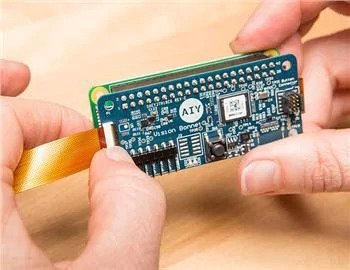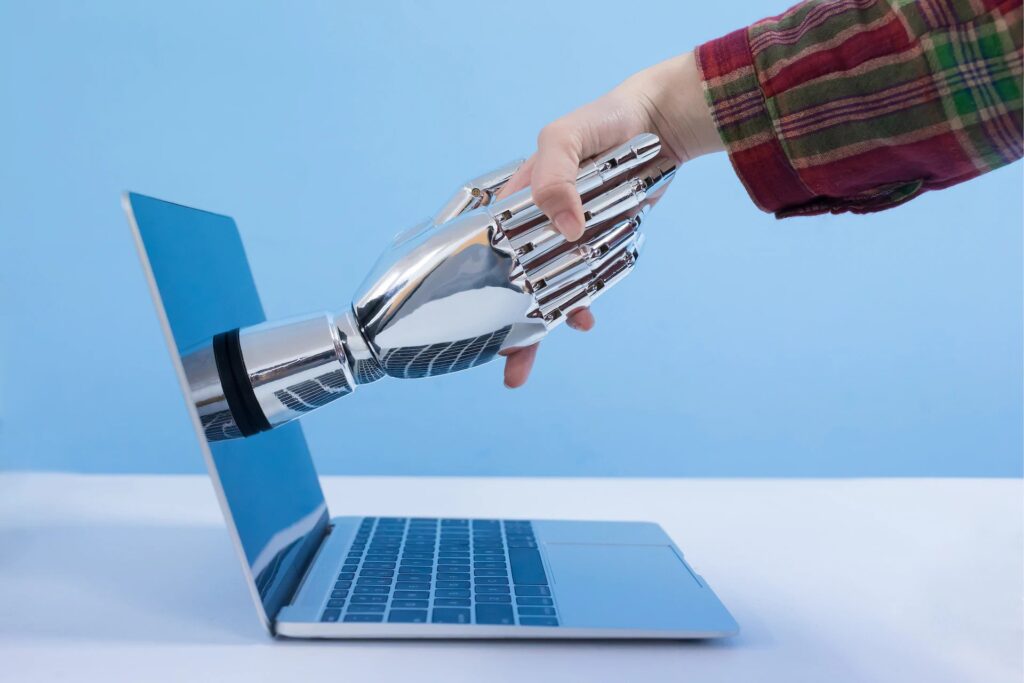We should all be aware that leading scientists and thinkers worldwide have all warned the public that artificial intelligence (AI)-based systems should never be armed. However, it has been happening nonetheless for quite a while, and it’s always possible that day of reckoning might come. But for the masses who don’t want to exterminate their neighbors, many AI applications could be put to work to help us and serve the greater good of humanity and the world.
Early rule-based AI emulators were impressive, but because neural nets and deep-learning design tools and techniques evolve, it is clear that AI can outperform humans at simple and even very complicated tasks. And it’s not only winning at Jeopardy that turns heads, but the combined use of rule-based, heuristic, and neural net-based learning systems that lead to an ability to recognize patterns in very large data sets that humans can’t wrap their heads around.
That’s the key—access to very large data sets. For example, when an AI machine was tasked with identifying cancerous and precancerous cells in cervical samples, it could examine and learn from thousands of samples very quickly. It was able to discern patterns that doctors had not yet identified. In a very short time, AI was proving to be more effective than highly trained doctors at identifying cancerous and precancerous cells in the new samples it examined. AI applied to video using tools such as the DFRobot Artificial Intelligence Vision kit will show how real learning systems can learn more rapidly from experience.
The same can be said for diagnostic analysis. Doctors do not have the time, the bandwidth, and experience necessary to identify something rare. But an AI with access to large data sets can more quickly research and identify a rare and unexpected condition before it becomes fatal. Let’s look at how AI can make a difference.
How Did It Do That?
Designers and programmers cannot identify, trace, and understand what the machine has learned and how—especially with deep learning and neural network connections that act as self-ordering systems from chaotic beginnings.
Although many companies have already designed and are using and even marketing AI machines, capabilities, and services to help companies identify patterns and procedures that increase profitability and productivity, I do not hear anyone talking about public access to AI capabilities for the greater good.
For example, an AI with impersonal access to computerized up-to-date medical records could quickly identify who is at higher risk for COVID-19. Case in point: If an AI has access to the massive amounts of data gathered from people and the medications taken, foods eaten, locations, and environmental factors, it can find patterns that we cannot.
For example, what if people taking a certain drug for autoimmune conditions such as psoriasis that can lower immunity have much higher fatality rates from COVID-19 than those taking a different drug for the same thing? What if locations of clusters of cancers could be linked to a common set of exposure factors of which we are not aware?
Once an AI is aware, it can examine everyone and their activities, what they ingest, where they spend time, and what they do. Between real-time facial recognition locations, real-time credit purchases, cell phone tracking, contact tracking, and even listening to conversations, reading texts and emails, faxes and snail mail, the data set will be large for every person. It will also be too large for any one person to absorb, recognize, and identify patterns. Multiply this by millions or even billions of people, and you can quickly see that there is too much information for the human brain to process and arrive at valid conclusions, but this would not be difficult for AI.
Many AI tasks can indeed be reduced to digital data processing algorithms using AI-based software techniques such as the Seeed Studio MaixCube RISC-based AI development platform. Although targeting AI-based FFT analysis and smart communications, the combination of digital AI programming techniques alongside Neural Networking Chips will result in the highest synergistic capabilities.
Although neural networks’ behavior can be emulated in firmware, the hardware versions will always be faster. Very few have offerings here, but, interestingly enough, Google’s AIY intelligent camera uses rudimentary neural networks alongside digital processing to allow AI-based neural networking-based learning, experimenting, and development using its Video IC Development Tools.

There are many examples of how AI could serve humanity if all of humanity had access to AI that had impersonal access to all data. (It has to be impersonal. AI would need to know a person exists with a certain affliction to correlate a cause, but AI doesn’t need to know the person’s name or address. An attempt at privacy needs to be in place.)
To make AI’s serve the good of humanity, certain things must be in place. First, all data needs to be accessible in a procedural and non-identifying way. People need to understand that there is no privacy, secrecy, or security when solving important issues.
Next, the data needs protection from human access. The whole idea of making everything available to the AI is that it sees the patterns. Unfortunately, there will always be bad apples in positions of power to abuse that power. Hopefully, a sufficiently fair and intelligent system can weed them out.
Third, anyone who wants to query the oracle of the AI can. If someone has an observation that they want to fact check, they should be able to ask questions such as: “Of all the people taking statins, how many develop this side effect?”
Conclusion
AI, if deployed for the good of the public, can be a positive world-changing force. Already, AI outperforms humans on many levels and marketed to companies in search of patterns in large data sets. The next stage: finding patterns in these sets and preventing illnesses.
Source: Mouser Electronics







